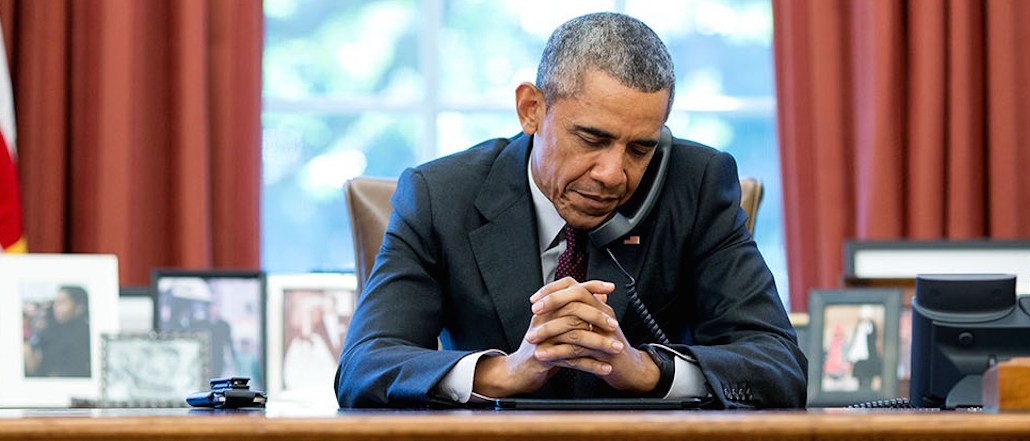Nine passes left to attend the Digiday Publishing Summit

The White House has joined Snapchat, apparently unaware that Peach is the new social media craze.
In addition to having a presence on Instagram and Facebook, the White House says in a blog post that Snapchat’s 100 million active daily users — 60 percent of them are between 13 and 34 years old — is an ideal platform for it to share news in “new and creative ways.”
First-ever snap from the Oval Office, from whitehouse on Snapchat pic.twitter.com/qn4cUpArhE
— Peter Hamby (@PeterHamby) January 11, 2016
Those so-called new and creative ways leave something to be desired. The White House’s first snap (username: WhiteHouse) added to its story is a wobbly video panning out from a bowl of apples (?) revealing an empty Oval Office. Well, at least there was an emoji.
Snapchat is the latest platform to be added to the White House’s social media arsenal, along with a presence on the usuals, like Facebook, Instagram and Twitter, where it has a better grasp on how things work.
It’s the latest sign that Snapchat is shifting from being quirky to more mainstream as it broadens its appeal to become profitable. The White House’s addition to Snapchat has some of its loyal users worried that it’s no longer cool:
The @WhiteHouse is hip and with it now that it has a @Snapchat channel. In other news, mass exodus of millennials from snapchat…
— Calvin Men (@CalvinMenAtWork) January 11, 2016
The move comes a day before President Obama’s final State of the Union. Yesterday, The White House said that in addition to YouTube, the speech will be streamed on Amazon for free. Presumably, snippets of the speech will be shared on Snapchat.
As for Peach, we’ve requested someone named the “WhiteHouse” but haven’t yet been approved to follow them. Hmm.
Photos via White House/Flickr.
More in Media

Substack creators attribute their boost in subscribers to the platform’s community tools
Substack’s ongoing efforts to win over creators by becoming a community platform are winning over writers who value being part of a vibrant creative community.

Media Briefing: Here are the hurdles to Perplexity’s pitch as the publisher-friendly LLM
Publishers are cautiously optimistic about Perplexity’s new revenue share model, but remain concerned about issues of adoption, payment terms and transparency.

How Gabriella Gomez built a six-figure career on TikTok Live without signing sponsorship deals
Top U.S. TikTok Live star Gabriella Gomez has made livestreaming on TikTok into a lucrative career — without relying on brand partnerships.





